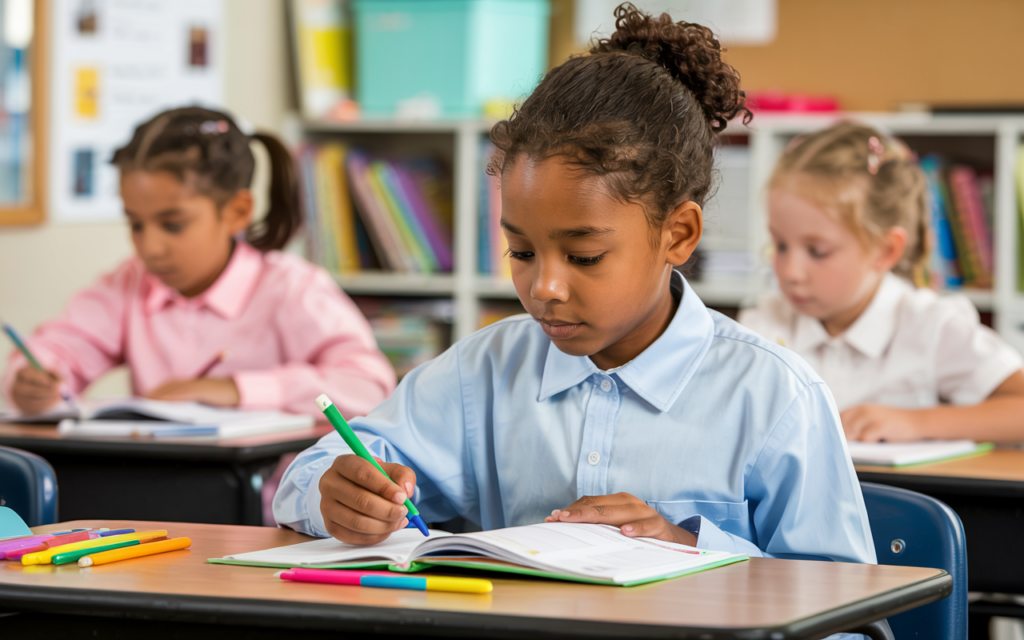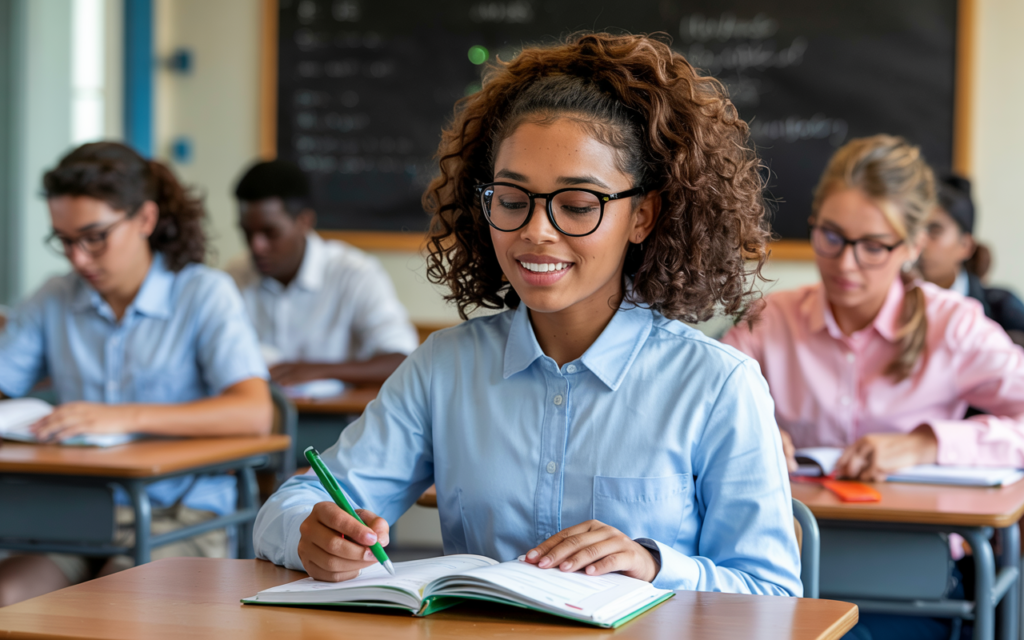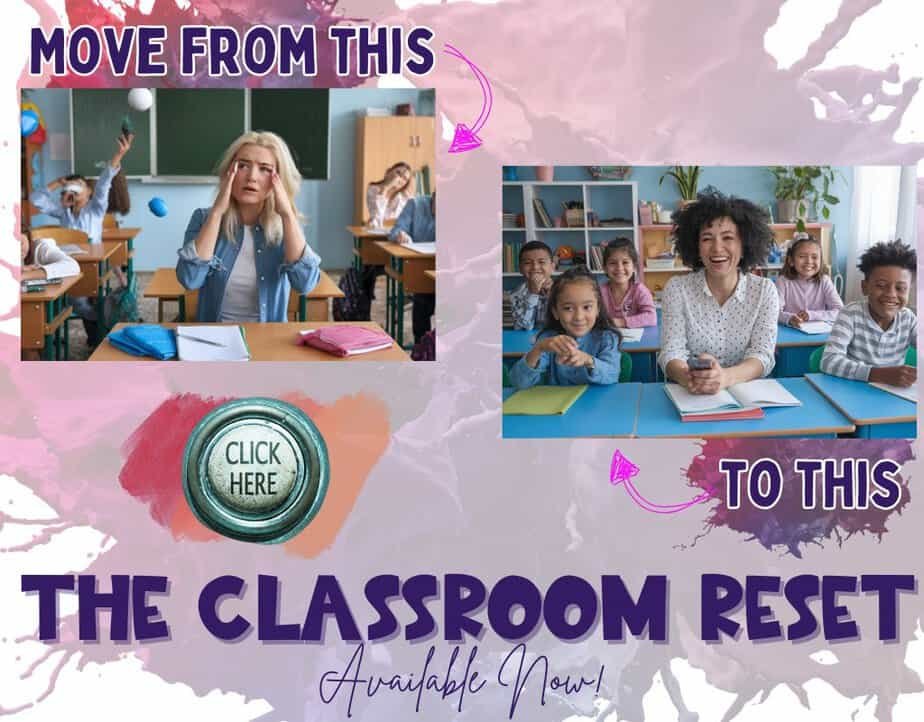What Is Adaptive Learning in Education? A Complete Guide
Adaptive learning technology is transforming K-12 education by offering personalized instruction that meets each student’s unique needs. Unlike traditional teaching methods that follow a fixed pace for all students, adaptive learning systems utilize artificial intelligence (AI), machine learning, and data analytics to modify lessons in real time. This ensures students receive precisely the support they need, exactly when they need it.
For teachers, this technology translates to more efficient instruction, increased student engagement, and better learning outcomes, even in classrooms with limited resources. This guide will explore practical ways K-12 educators can implement adaptive learning platforms, tools, and techniques to enhance their teaching practice and support diverse learners.
The Evolution of Adaptive Learning in the Education Sector
Over the past decade, adaptive learning technologies have revolutionized the education system, offering custom learning experiences that address the unique needs of each learner. While initially popular in higher education and corporate training programs, these adaptive systems have gained widespread adoption in K-12 classrooms. Unlike traditional teaching methods, adaptive learning solutions use predictive analytics and algorithms to adjust course content dynamically, ensuring students receive the right instruction at the right time.
This data-driven approach allows teachers to focus on student’s strengths while filling knowledge gaps efficiently. By leveraging adaptive learning platforms, educators can create effective learning experiences that keep learner engagement high while maximizing available resources.
How Adaptive Learning Enhances the Student’s Learning Journey
At its core, the concept of adaptive learning is simple: it personalizes the learning pathway for each student. Adaptive learning technologies analyze student’s performance in real time, modifying training materials to reinforce new concepts or accelerate learning for advanced students.
For example, a web-based platform like DreamBox adjusts math problems based on how quickly a student grasps concepts, while Lexia Core5 provides additional resources for struggling readers. These adaptive learning models ensure that no student is left behind and all students progress at an optimal pace.
Understanding Adaptive Learning for K-12 Students
Adaptive learning represents a significant shift from the one-size-fits-all approach to a personalized-learning model where digital tools dynamically adjust learning content based on individual student performance, strengths, and knowledge gaps. Rather than forcing all students to progress at the same speed, this approach allows each learner to move at their own pace while receiving immediate feedback and targeted practice activities.
For K-12 teachers, adaptive learning offers numerous advantages. It saves valuable time by automating the differentiation process, reducing the need for manual lesson adjustments. The technology helps identify struggling students early by detecting knowledge gaps through real-time feedback systems. Perhaps most importantly, it supports diverse learners by adapting to unique learning styles and ability levels.
The interactive nature of adaptive learning materials also helps maintain student engagement, while the data-driven insights empower teachers to make informed instructional decisions based on concrete evidence of student performance.
How Adaptive Learning Functions in K-12 Classrooms
The adaptive learning process begins with an initial assessment phase where the system evaluates students’ prior knowledge through diagnostic quizzes or pre-tests. This crucial step helps both the technology platform and the classroom teacher understand each student’s starting point before beginning instruction. Following this assessment, the system generates personalized learning paths tailored to individual needs.
It accomplishes this by automatically adjusting question difficulty levels, providing additional support through remedial exercises or instructional videos for students who need reinforcement, and offering enrichment opportunities for advanced learners who are ready for greater challenges.
As students progress through their lesson plans, the system continuously monitors their performance and makes real-time adjustments. It modifies practice activities to reinforce identified weak areas, alters learning pathways to ensure concept mastery before introducing new material, and provides immediate feedback to help students correct mistakes as they occur.

Meanwhile, teachers gain access to valuable data analytics that highlight which students require extra help, which specific skills need reteaching, and how the entire class is progressing overall. These insights enable educators to refine their teaching strategies and provide targeted small-group or one-on-one support where it’s needed most.
Recommended Adaptive Learning Tools for K-12 Educators
Several high-quality adaptive learning platforms have been specifically designed for K-12 classroom implementation. DreamBox stands out for math instruction in grades K-8, offering AI-driven lessons with gamified learning elements that keep students engaged. For comprehensive math and reading support across all grade levels, i-Ready provides robust diagnostic assessments followed by personalized instruction plans. Early literacy development finds strong support in Lexia Core5, which focuses on phonics, comprehension, and vocabulary building for PreK through fifth-grade students.
Mathematics teachers in grades 1-8 often find success with Prodigy Math, which transforms adaptive practice into an immersive game-based experience. Khan Academy remains a versatile free resource covering multiple subjects with adaptive exercises and instructional videos suitable for all K-12 levels. For STEM-focused middle and high school classrooms, Smart Sparrow offers customizable adaptive lessons that teachers can tailor to their specific curriculum needs.
Each of these tools provides unique features that can help teachers implement adaptive learning strategies while working within the constraints of their particular classroom environments.
Implementation Strategies for Classroom Teachers
Teachers interested in incorporating adaptive learning should consider starting small to ensure successful integration. Beginning with just one subject area, such as math or reading, allows educators to familiarize themselves with the technology without becoming overwhelmed. These tools work particularly well for bell ringer activities, homework assignments, or as part of station rotation models during class time.
The most effective implementations typically blend adaptive technology with traditional teaching methods, using digital platforms for independent practice while reserving valuable classroom time for discussions, collaborative projects, and hands-on learning experiences.
Ongoing monitoring and adjustment remain critical components of successful adaptive learning implementation. Teachers should make it a habit to review student performance data at least weekly to identify emerging trends and patterns. This data should then inform adjustments to lesson plans, whether addressing class-wide needs or providing targeted interventions for individual students.
Equally important is fostering student ownership of the learning process by teaching learners how to track their own progress through the adaptive platforms. Setting clear learning goals and celebrating growth milestones helps maintain student motivation and engagement with the technology.
Educational institutions across the K-12 spectrum are increasingly integrating adaptive courseware into their learning management systems (LMS) to enhance digital learning experiences. Schools leveraging adaptive platforms such as i-Ready or Khan Academy have documented measurable improvements, including boosted student performance on standardized tests, heightened learner engagement through interactive training content, and more efficient utilization of available resources that simultaneously reduces teacher workload.

These outcomes demonstrate how adaptive learning solutions can transform traditional educational models when implemented strategically.
For teachers embarking on this transition, several best practices ensure successful adoption. Beginning small by introducing adaptive learning solutions in just one subject area allows educators to refine their approach before expanding school-wide. A blended instructional model proves particularly effective, where adaptive learning work handles skill practice and reinforcement, while valuable classroom time focuses on discussions, collaborative projects, and teacher-led instruction.
Crucially, educators should consistently monitor student progress through the predictive analytics provided by these platforms, enabling early identification of struggling learners who may need additional support.
As educational technologies continue advancing, adaptive learning environments are poised to become even more sophisticated. Current research projects are exploring how AI-driven adaptive models can further refine course material delivery through increasingly personalized pathways. The best way forward for educational institutions involves ongoing experimentation with different ways to implement these evolving tools while maintaining an unwavering focus on student success as the ultimate metric.
By fully embracing adaptive learning approaches, K-12 teachers can guarantee that every adaptive learner receives a truly personalized education, one that dynamically adapts to individual needs, evolves with each student’s progress, and grows alongside them throughout their academic journey. This student-centered approach represents the future of effective education in an increasingly digital world.
Addressing Implementation Challenges
While adaptive learning offers significant benefits, teachers may encounter several challenges during implementation. Limited access to technology represents a common barrier, particularly in under-resourced schools. A blended learning approach that incorporates device rotation or assigns adaptive learning as homework can help overcome this obstacle.
Resistance to change from staff members may surface, making professional development sessions that demonstrate adaptive learning techniques and their benefits essential for successful adoption.

The wealth of data generated by these systems can sometimes feel overwhelming to teachers already managing numerous responsibilities. Focusing on key metrics such as mastery levels and time-on-task helps educators extract the most valuable insights without becoming bogged down in analysis. Equity concerns must also be addressed proactively by ensuring all students have reliable access to necessary devices and internet connectivity, whether through school-provided technology or creative community partnerships.
Evidence of Success in K-12 Settings
Documented success stories demonstrate the tangible impact of adaptive learning in real classrooms. One notable example comes from a fourth-grade teacher who implemented DreamBox for just thirty minutes daily. After three months of consistent use, 85% of students showed measurable growth in mathematical problem-solving skills, with struggling students reducing their knowledge gaps by an impressive 40%.
Similarly, a third-grade class using Lexia Core5 for differentiated reading support achieved significant results, including a 25% improvement in vocabulary among English Language Learners and advanced readers progressing to higher-level texts at an accelerated rate.
These examples illustrate how adaptive learning, when implemented thoughtfully and consistently, can produce meaningful academic gains across diverse student populations. The technology’s ability to provide precisely targeted instruction at scale makes it particularly valuable in today’s heterogeneous classrooms, where teachers routinely face the challenge of meeting a wide range of learning needs simultaneously.
The Future of Adaptive Learning in K-12 Education
As adaptive learning technology continues to evolve, its role in education will likely expand significantly. Future advancements in AI and machine learning promise even more sophisticated systems capable of delivering increasingly personalized learning experiences. These developments will further reduce teacher workload by automating time-consuming tasks like grading and differentiation while providing ever more precise tools for identifying and addressing individual student needs.
Importantly, adaptive learning should be viewed not as a replacement for teachers but as a powerful tool that amplifies their effectiveness. By combining the irreplaceable human elements of teaching, mentorship, inspiration, and social-emotional support with the precision and efficiency of adaptive technology, educators can create learning environments that are more effective, engaging, and equitable.
The ultimate goal remains preparing all students for success in an increasingly technology-driven world while ensuring no learner gets left behind due to the limitations of traditional instructional models.
Practical Next Steps for Educators
Teachers ready to explore adaptive learning can begin by taking several concrete steps. Many high-quality platforms offer free trials, making it easy to experiment with tools like Khan Academy or Prodigy without immediate financial commitment. Attending professional development webinars focused on adaptive learning best practices can provide valuable implementation insights from experienced educators.
The most successful adoptions often begin small, with teachers selecting just one tool to implement with a single class while carefully tracking student progress over an initial trial period of several weeks.
For educators seeking additional support, sample lesson plans that integrate adaptive learning tools with traditional instruction can serve as helpful starting points. These resources demonstrate practical ways to blend technology with established teaching methods while maintaining the human connection that remains at the heart of effective education.
As with any instructional innovation, patience and persistence prove essential; the full benefits of adaptive learning emerge over time as both teachers and students become increasingly comfortable with the technology and its applications in daily classroom practice.







